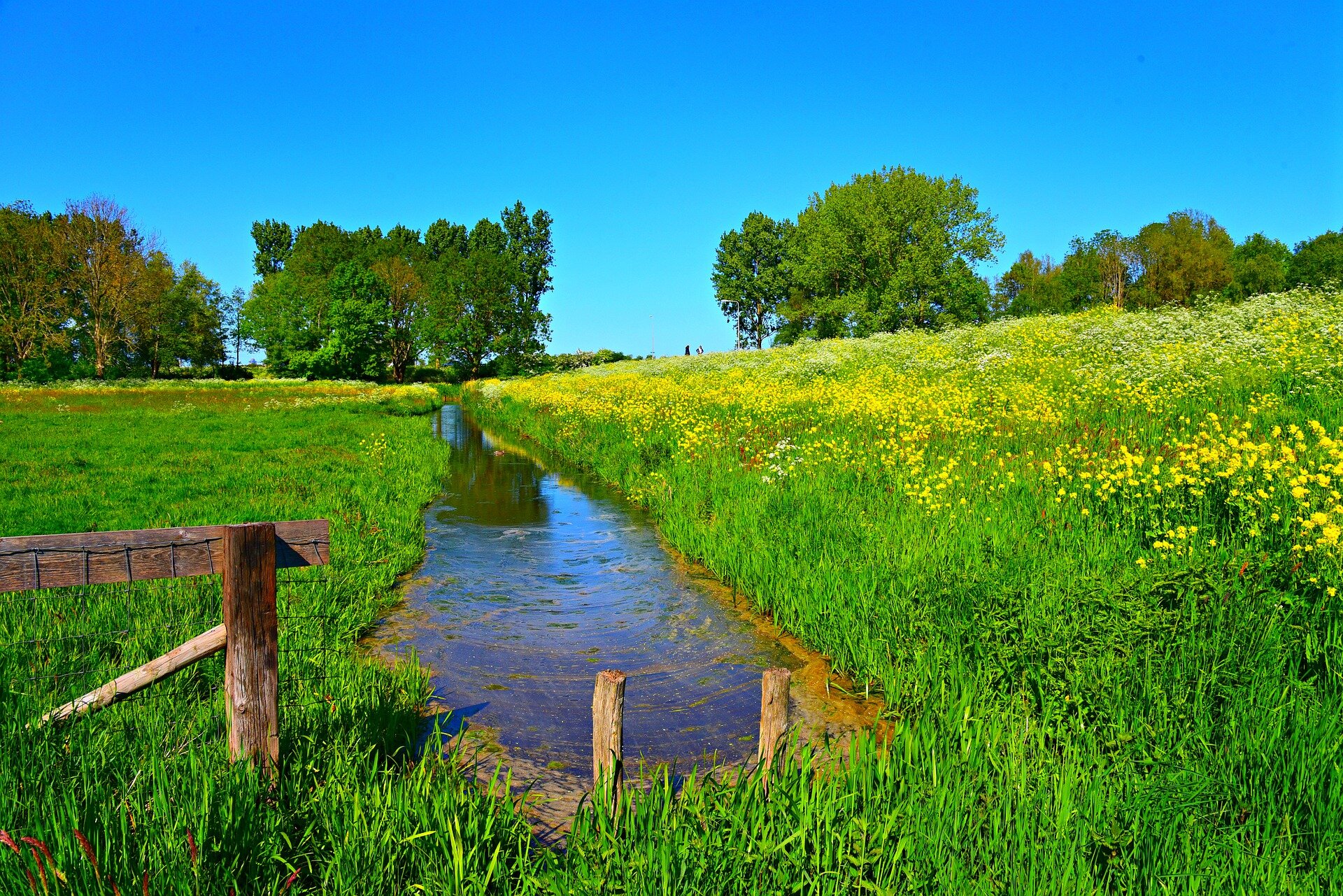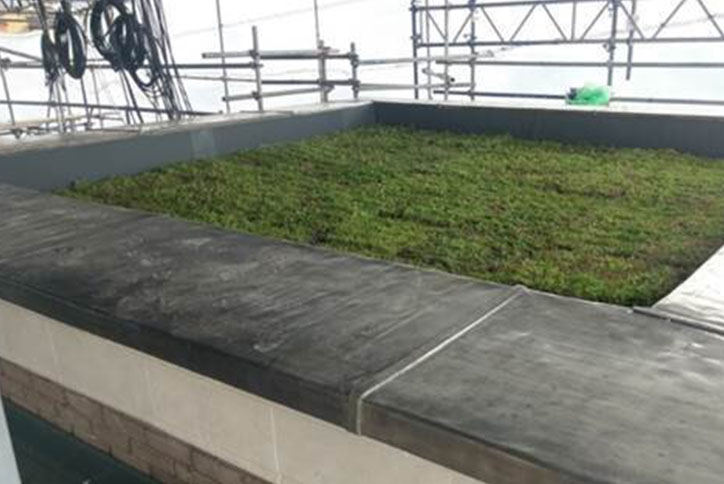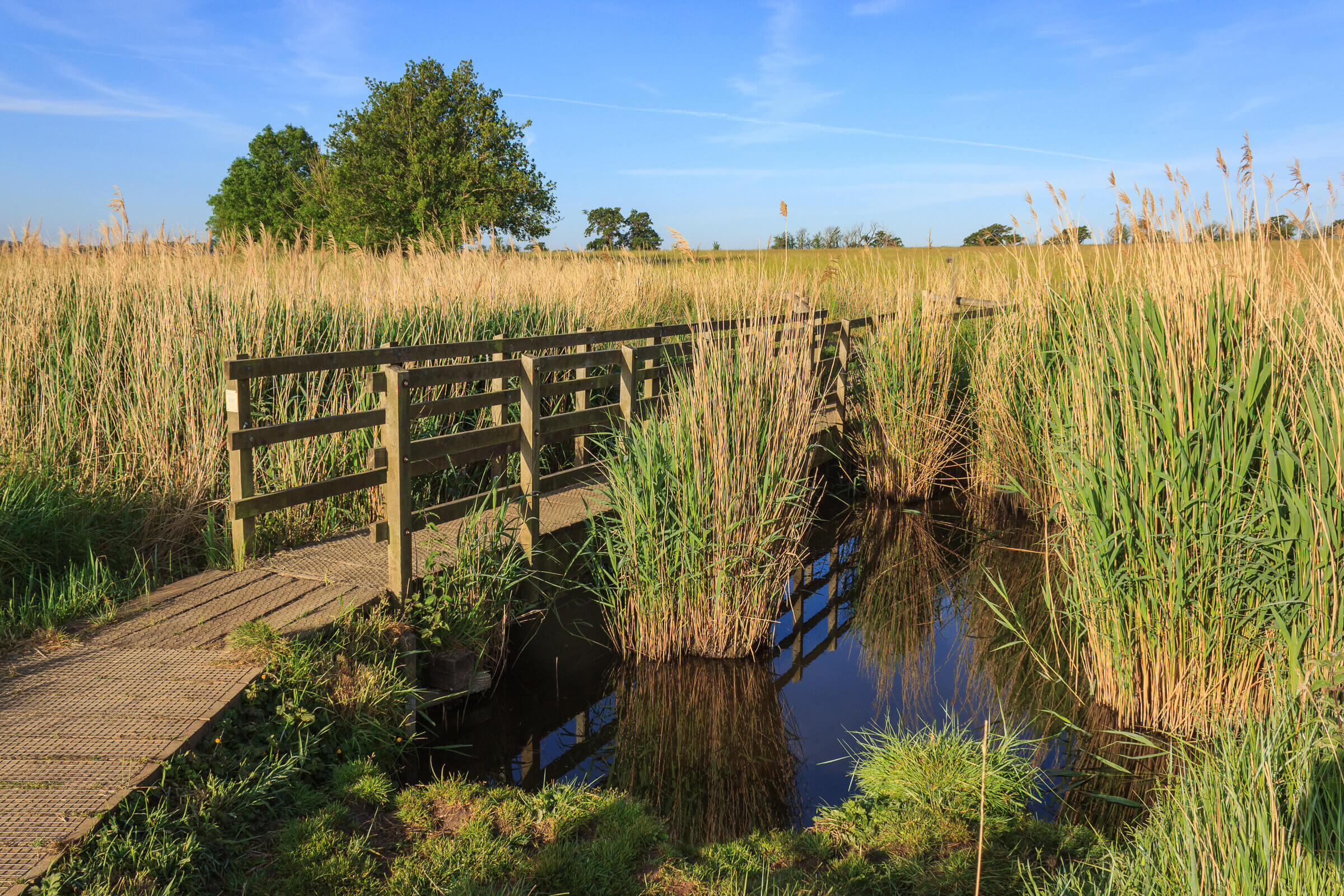Investing in a SuDS (Sustainable Drainage Systems) report is crucial for anyone planning a new development, extension or alteration to a property. The SuDS report assesses the site’s drainage characteristics and recommends sustainable drainage systems to manage surface water runoff. Without a SuDS report, planning permission may be delayed or even denied. Additionally, failure to install appropriate drainage systems can lead to flooding, property damage, and financial losses. By investing in a SuDS report, you can ensure that your development is sustainable, meets local planning regulations, and mitigates the risk of flooding. This report can save you time, money, and headaches in the long run, and contribute to a more environmentally friendly and resilient community.
Invest in your project
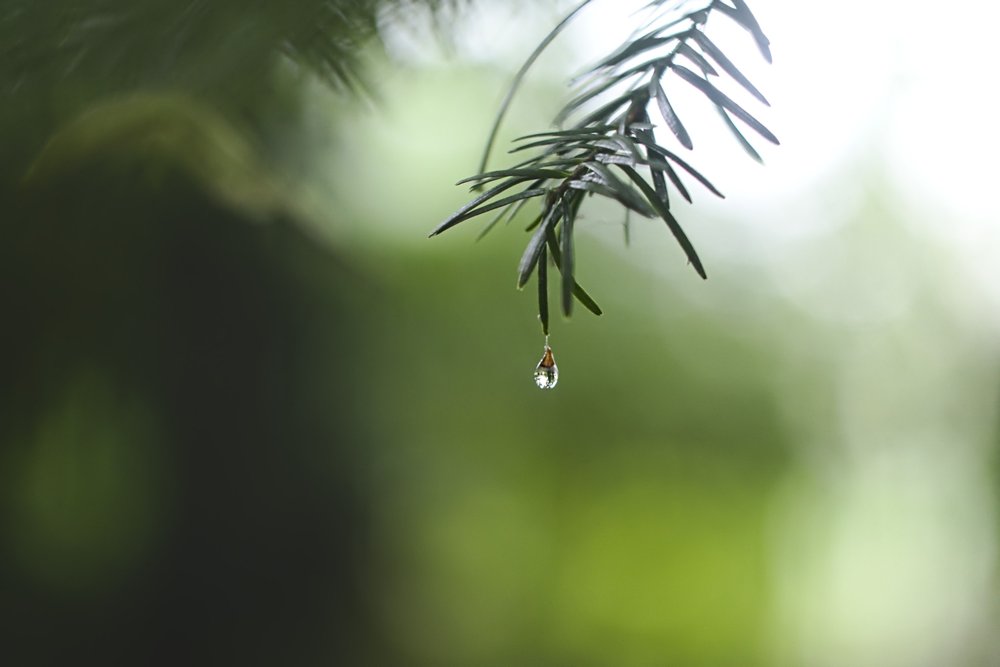
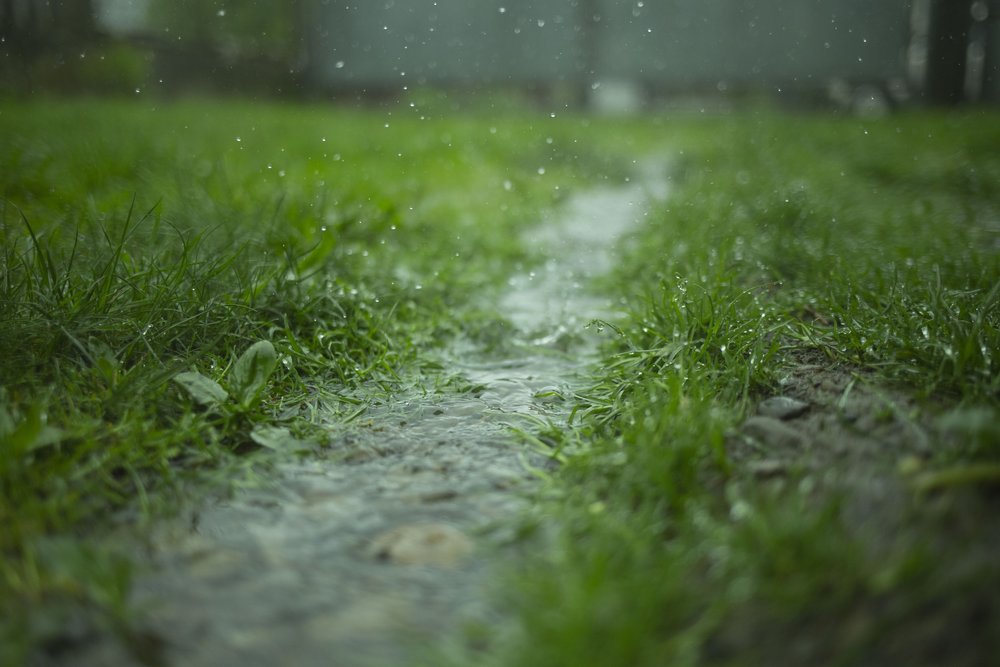
Improve your relationship with the environment
A SuDS (Sustainable Drainage Systems) Report can improve your relationship with the environment by ensuring that surface water runoff from your development is managed in a sustainable and environmentally responsible manner. Traditional drainage systems can cause flooding, pollution, and erosion, which can harm the natural environment. SuDS, on the other hand, seek to mimic natural drainage systems and use a range of techniques to reduce the impact of surface water runoff on the environment. By investing in a SuDS Report, you can show that you are committed to reducing your development’s impact on the environment, while providing cost effective solutions.




